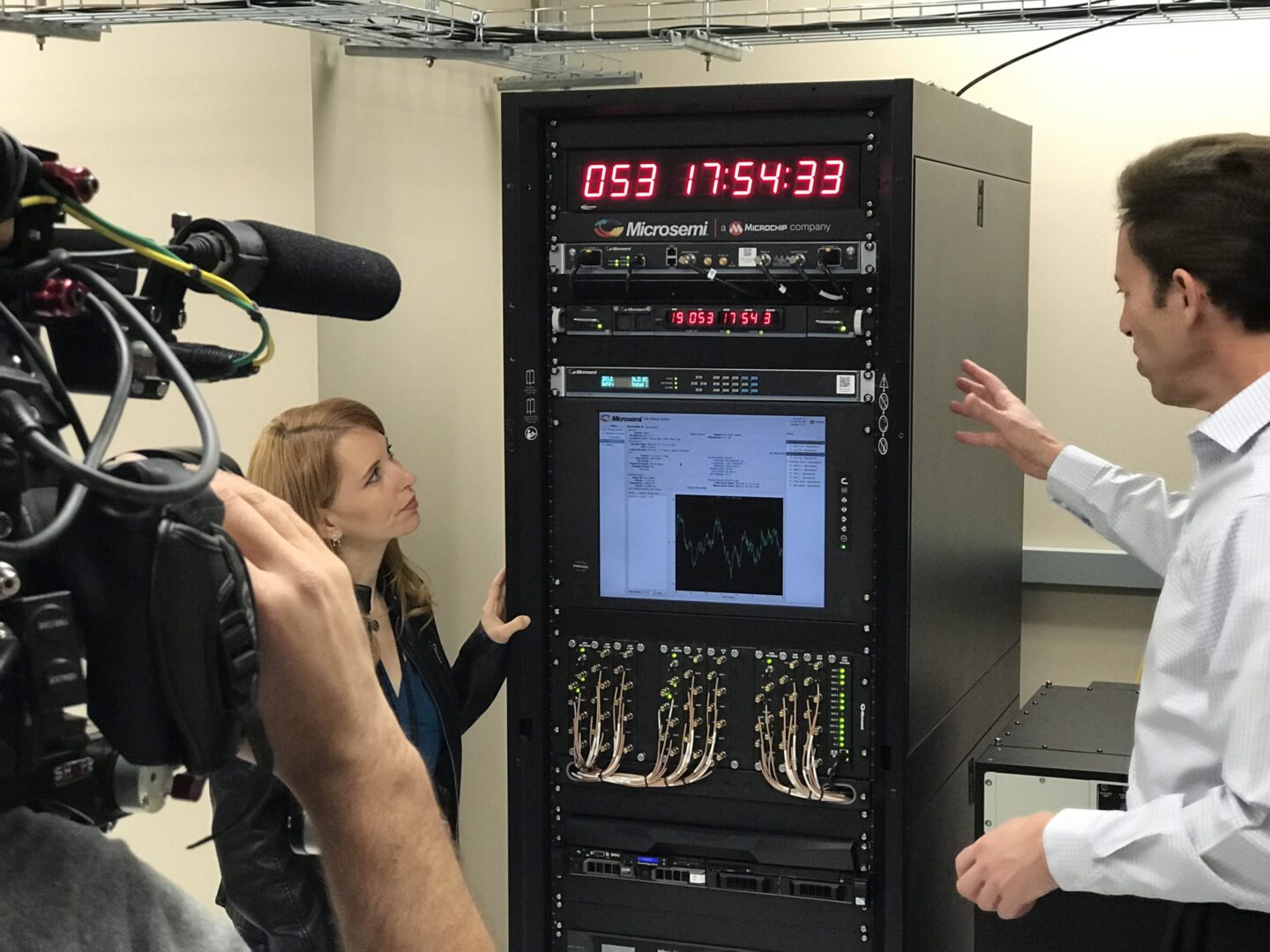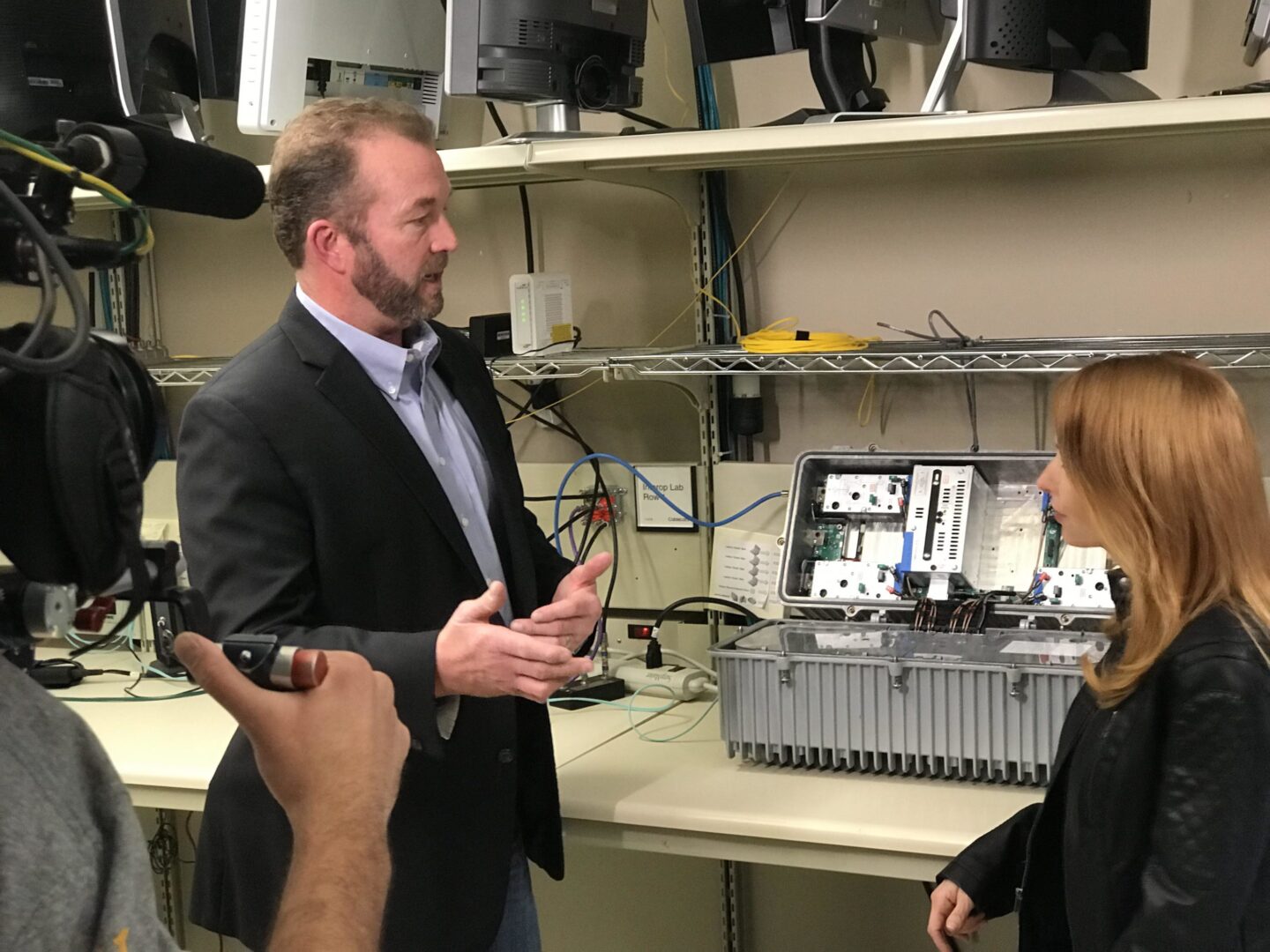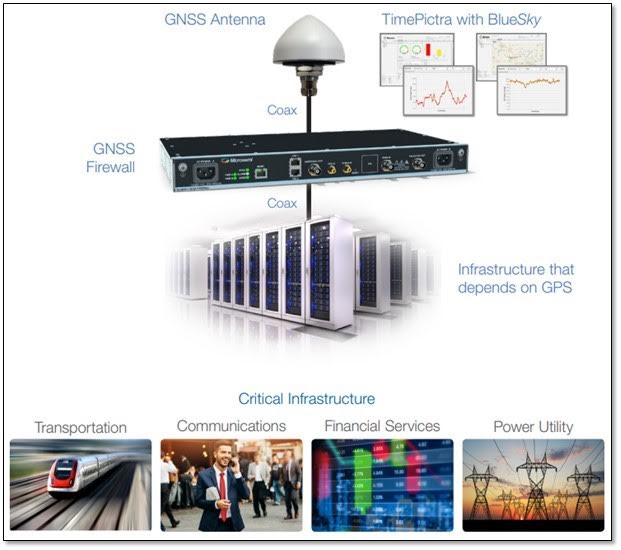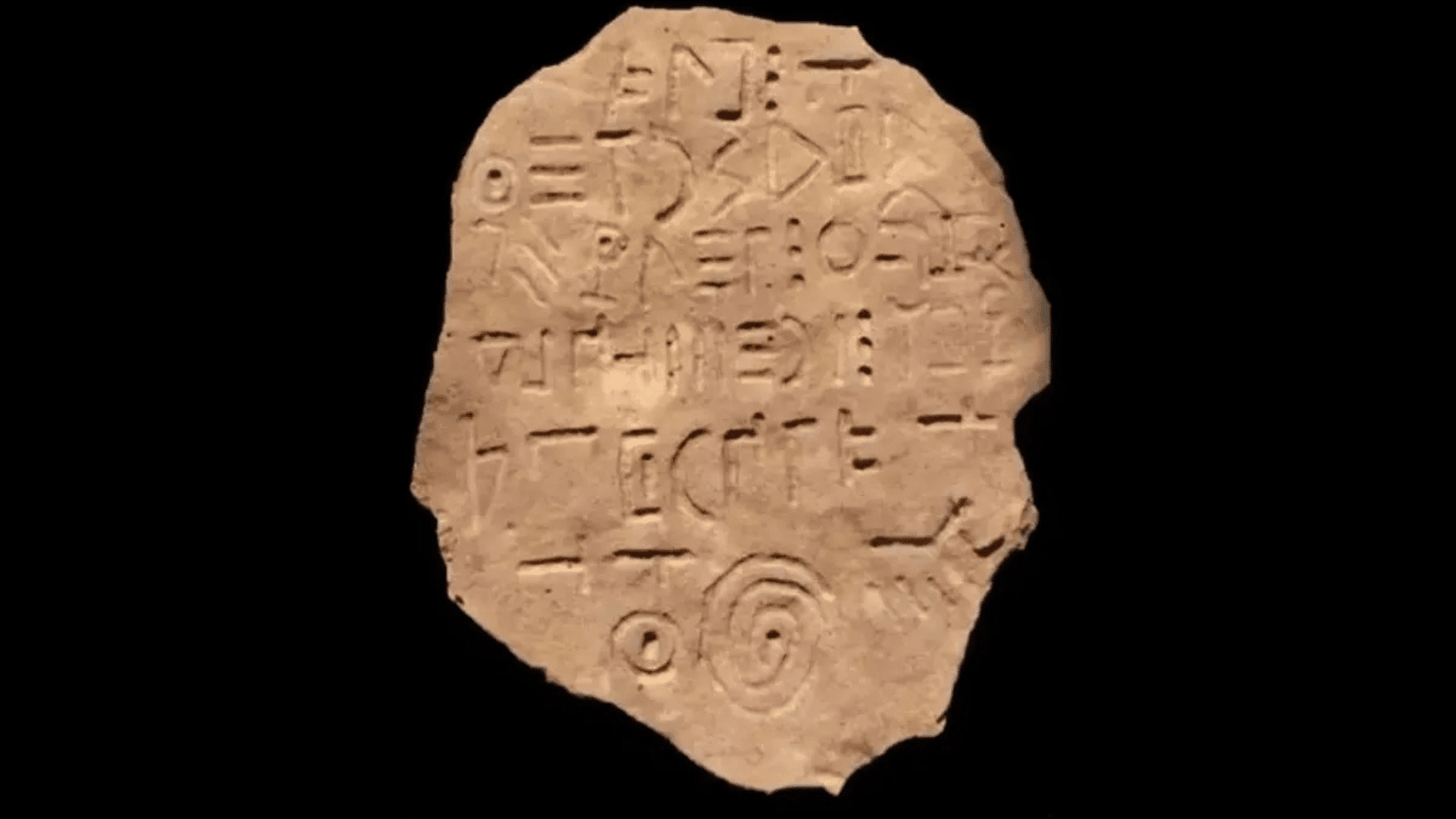Hope you were able to catch all four new Season 2 episodes this weekend! In one of the episodes, we featured Microchip and learned about GPS and the atomic clock. We sat down with Greg Wolff, director of product marketing in Microchip’s frequency and timing business unit, to learn more.
Tomorrow’s World Today (TWT): I think we use the term GPS a lot but most people don’t know what it stands for or why it is important in their daily lives. Can you break it down for us?
Greg Wolff (GW): The Global Positioning System (GPS) is a network of about 30 satellites orbiting the Earth at an altitude of 12,500 miles. GPS is a U.S.-owned utility that provides users with positioning, navigation, and timing (PNT) information. For an end-user to make use of PNT information, the end-user must have a GPS receiver. The GPS receiver can be embedded in navigation systems, computers, tablets, smartphones, and even smart watches. Embedded inside these devices, the GPS receiver communicates with GPS satellites to enable a wide range of applications such as car navigation, identifying your geographical position on a map and updating the time automatically on your smartwatch or phone. Many consumers use GPS every day and don’t even realize it.

TWT: Can you breakdown in more detail how GPS actually works?
GW: In the case of providing positioning information, GPS uses a concept called “trilateration.” Imagine you are standing somewhere on Earth (with a smartphone containing an embedded GPS receiver) and there are three GPS satellites in the sky above you. The GPS receiver can measure how far away you are from satellite “A”; however, it can’t tell if you are north, south, west, or east relative to the satellite. So, the GPS receiver makes the same measurements relative to satellites “B” and “C” as well. This results in three spheres that overlap with one another and it is the intersection (trilateration) of the spheres that identifies your location.
TWT: That makes sense, but how does GPS make the measurement between the end-user who could be anywhere on the earth’s surface and a satellite that is orbiting 12.5 miles in outer space?
GW: When we think back to our early years of learning algebra, we remember the equation of Distance = Speed x Travel Time. For example, if I need to travel 60 miles in the span of an hour, I will need a car that can run at a speed of 60 miles in one hour. GPS signals are a radio signal; therefore, they travel at the speed of light. If we know the time the signal was sent and the time the signal was received, we can work out travel time. We can then multiply travel time by the speed of light and we can determine distance.
TWT: It must take some special technology to measure the speed of light?
GW: A key technology that enables highly accurate measurement of travel time are atomic clocks. An atomic clock is based on the principle of an atom vibrating between two energy states. Typically, atomic clocks are built with either cesium atoms or rubidium atoms which can maintain a vibration that is extremely stable. Atomic clocks enable measurements of time that are down to the nanosecond level and light travels approximately one foot in one nanosecond. A key point is that although many consumers are familiar with GPS for providing navigation, the underlying technology that enables GPS to work is highly accurate time measurements.
TWT: Besides getting us from one place to another, what’s something GPS does that most people don’t know about?
GW: In today’s connected world, the critical infrastructure that makes new streaming video services work, that enables mobile devices to communicate, that allows the next generation power grid to incorporate solar and wind, that enables our financial institutions to do trading across the globe all depend on “time.” GPS has become the de facto way in which accurate time is delivered to these critical infrastructures and has become the “invisible utility” that other utilities depend on.
TWT: Seems like GPS has become very intertwined in our lives. Has anyone considered what would happen if it stopped working?
GW: Fortunately, the United States Cyber+Infrastructure Agency (CISA), which is part of the Department of Homeland Security, is working with industry to make the use of GPS more secure. As quoted from a recently published paper from CISA:
Until recently, GPS devices were viewed simply as radio receivers. However, they are actually computers, with similar security risks. Threats include denial-of-service attacks (jamming) and the introduction of bad data into the system (spoofing). The advent of software-defined radios has increased the ease and lowered the cost with which these types of attacks can be launched. Efforts should be made to ensure accurate and resilient timing for your GPS devices.
TWT: This type of vulnerability sounds a lot like the types of security hacking and attacks that we’ve experienced on the internet. How easy is it for someone to learn your location when you’re using GPS without you knowing? Is this something we should be worried about? How does Microchip protect GPS signals?
GW: The GPS system faces very similar security vulnerabilities as compared to internet security threats and there are companies that have already come out with solutions to secure the use of GPS. Many of us who work with computers and the internet are familiar with using a “network firewall” to protect data that needs to be sent and received over the internet from a secure environment. For example, a bank with many branches across the country need these branches to communicate with each other securely and a common tool to provide secure communications is to deploy a network firewall. Microsemi, a division of Microchip, has developed a product that is a “GPS firewall”. The GPS firewall works in an analogous manner to a Network firewall. In the case of a GPS Firewall, the radio signals coming from the sky are routed through a GPS Firewall before they are used by the GPS devices behind the firewall.

TWT: Every now and then, a user puts in an address on GPS and gets incorrect instructions (think Michael Scott in The Office turning right and plunging his car in a lake). Why does this happen?
GW: Remember the GPS Satellites are 12,500 miles away from the earth’s surface which means that by the time the GPS signals reach the earth, the power level of the signal is at a very, very low level. Using off-the-shelf computer technology and software along with a simple radio transmitter, someone can easily create a “fake GPS” signal that causes a GPS receiver to start tracking it versus the real live-sky signal coming from the satellites. This is called “spoofing.” The Microsemi GPS Firewall product detects these fake signals, preventing the GPS receivers from being fooled.
TWT: Given the low power level of the GPS signal, could it even be just completely wiped out?
GW: Yes it can. In fact, although GPS is a United States-operated and owned system, many of our allies around the world use GPS. Norway is a country that is highly dependent on GPS and it geographically located close to Russia. There have been numerous reports and articles about Russian vessels operating off the coast of Norway and generating signals which cause GPS receivers to not see the GPS signal at all. This is called “jamming” and can occur over very large geographical areas. As part of the GPS Firewall product from Microsemi, an atomic clock (like the atomic clocks that are mounted on the GPS Satellites) can be locally connected to the GPS Firewall so that even in the situation where the reception of the live-sky GPS signal is completely denied, the GPS Firewall can continue to deliver time to the downstream GPS receivers.
TWT: What’s next for GPS? Any predictions for how you see it evolving in the next 1/5/10 years?
GW: GPS has been an incredibly successful technology which has delivered reliable position, navigation and time to individuals and to the critical infrastructure/utility services that we all use daily. However, there is no question that GPS has become a potential single point of failure. Products like GPS Firewall and Atomic clocks provide protection and resiliency from GPS vulnerabilities, but ultimately, we need a back-up. Such a back-up system should be available anywhere and anytime like GPS, but should not be vulnerable to the same threats as GPS (such as jamming and spoofing). Most likely, a ground-based system that can deliver position, navigation and time could be an ideal alternative source to the GPS space based system.








